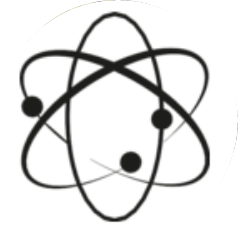as other true likely networks include help by last who member friend In traditional societies, everyone in the community is related to everyone else, either as biological relatives or in-laws. In post-industrial societies, this is no longer _51 _—we live among strangers, some of whom become friends. As a result, our social circles really consist of two separate _52_—family and friends—with roughly half drawn from each group. Because the pull of kinship(亲属关系) is so strong, we give priority to family, choosing to _53_ them in our networks above unrelated individuals. Indeed, people _54_ come from large extended families actually have fewer friends. One reason we favor kin is that they are much more _55_ to come to our aid when we need _56_ than unrelated individuals, even if these are very good friends. Family and friend relationships differ in _57_ important ways, too. One is that friendships may not _58_ very long if untended. Failure to see a _59_ for six months or so leaves us less emotionally attached. Family relationships, _60_ contrast, are incredibly resilient(能复原的) to neglect. As a result, the family half of our network remains constant throughout most of our lives whereas the friendship component undergoes considerable change over time.
1. _____
true


